Once known as the ‘taxi-man shoe’, it was the ‘well-to-do uncle’ who wore this Omega style of shoe, showing his wealth in the artfully woven sandals. Today, more and more musicians and celebrities are wearing the Omega brand and they’re choosing to do so with no advertising or influencer relationships – which speaks volume of the brand’s unique craftsmanship and design. What’s more, they’re not just for men – Omega have reiterated that the shoe is for anyone.
About the Omega resurgence, Managing Director Adrian Maree shares, “Omega has had a real reinvention in the last few years. We were always of the opinion that we wouldn’t pay people to wear our product, so it was when musician Sjava styled Omegas with a suit at the South African Music Awards, things just skyrocketed. The youth embraced it.”
At around the same time, Head Creative Designer Mlindelwa Ndlovu started experimenting with colour, branching out from their tan, to red, electric blue, bright pink, gold and even colour combinations – which is all to say quite significant considering Mlindelwa is colour blind.
Mlindelwa shares that growing up in a township in KZN during the time of rife political violence, the gift his father gave him before he died was a box of crayons. When he applied for the job at Omega, part of his submitted application was the design of an Omega shoe made purely out of paper – 15 years on, he’s an invaluable creative asset to the company, which shows as the brand grows, so does the community it fosters.
Stitched by hand with premium materials, the brand has a history of five decades of crafting this shoe. Adrian continues, “It’s always been known for its quality but I want to say it’s more than that: it was created by people, it was created by the consumer, the audience has given it life and meaning and placed a story behind it. From generations, to the youth dressing it up in totally unconventional ways. We’ve let the consumer talk and we’ve listened.”
From South African music culture, with icons like Black Coffee and Bravo Le Roux through to township culture; the way they shoot the product is gritty and honours its location. Adrian shares, “You’d never see Omega shoes shot on a beach in Cape Town because that’s not us. It’s got to be raw and it’s got to be pictured where it’s actually found. That’s given us an authenticity which you cannot fabricate or force.”
On the other hand, they share some challenges they’ve faced with regards to public image, sharing “We’ve still got to change a lot of people’s minds to show them that it’s a niche brand.” Having said that, it seems they’ve garnered incredible support and in fact they have their hands full with their factory in Pietermaritzburg being at capacity – a common response from consumers being “We can’t find the shoes!” – I suppose, scarcity drives demand, right?
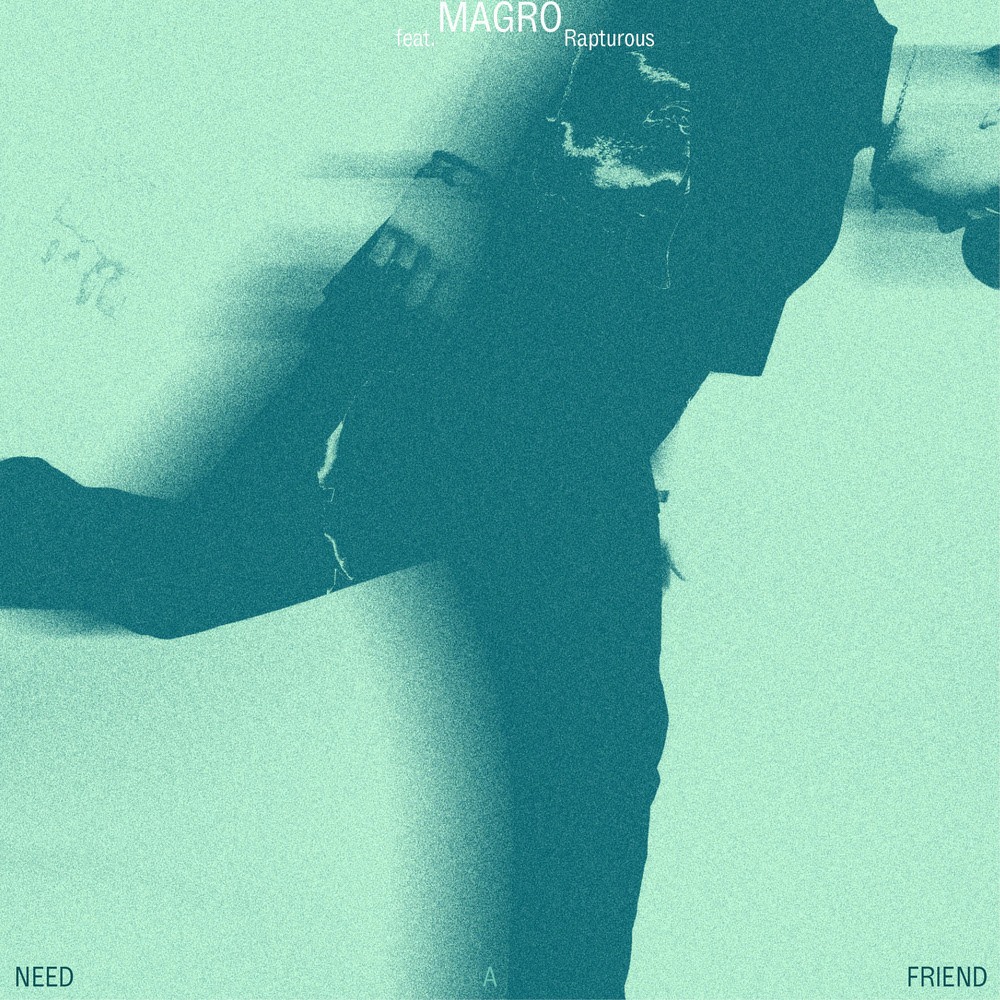

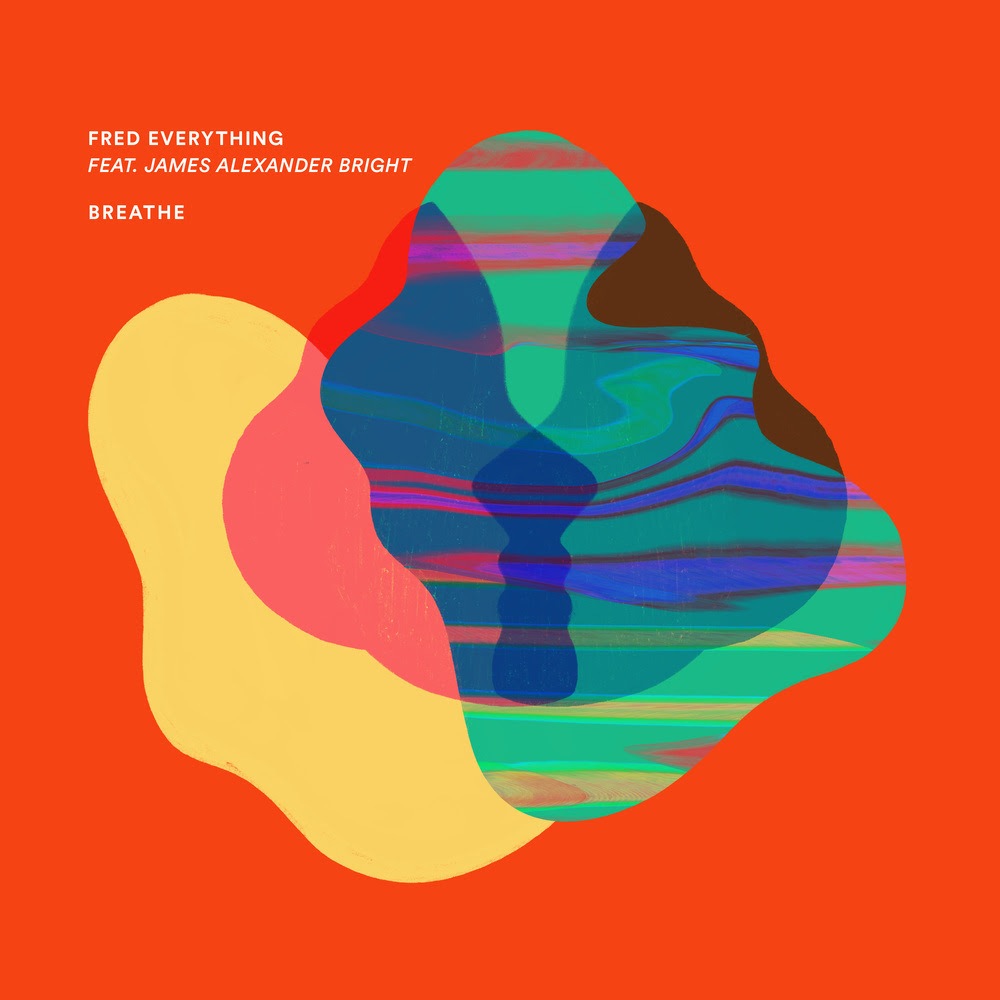
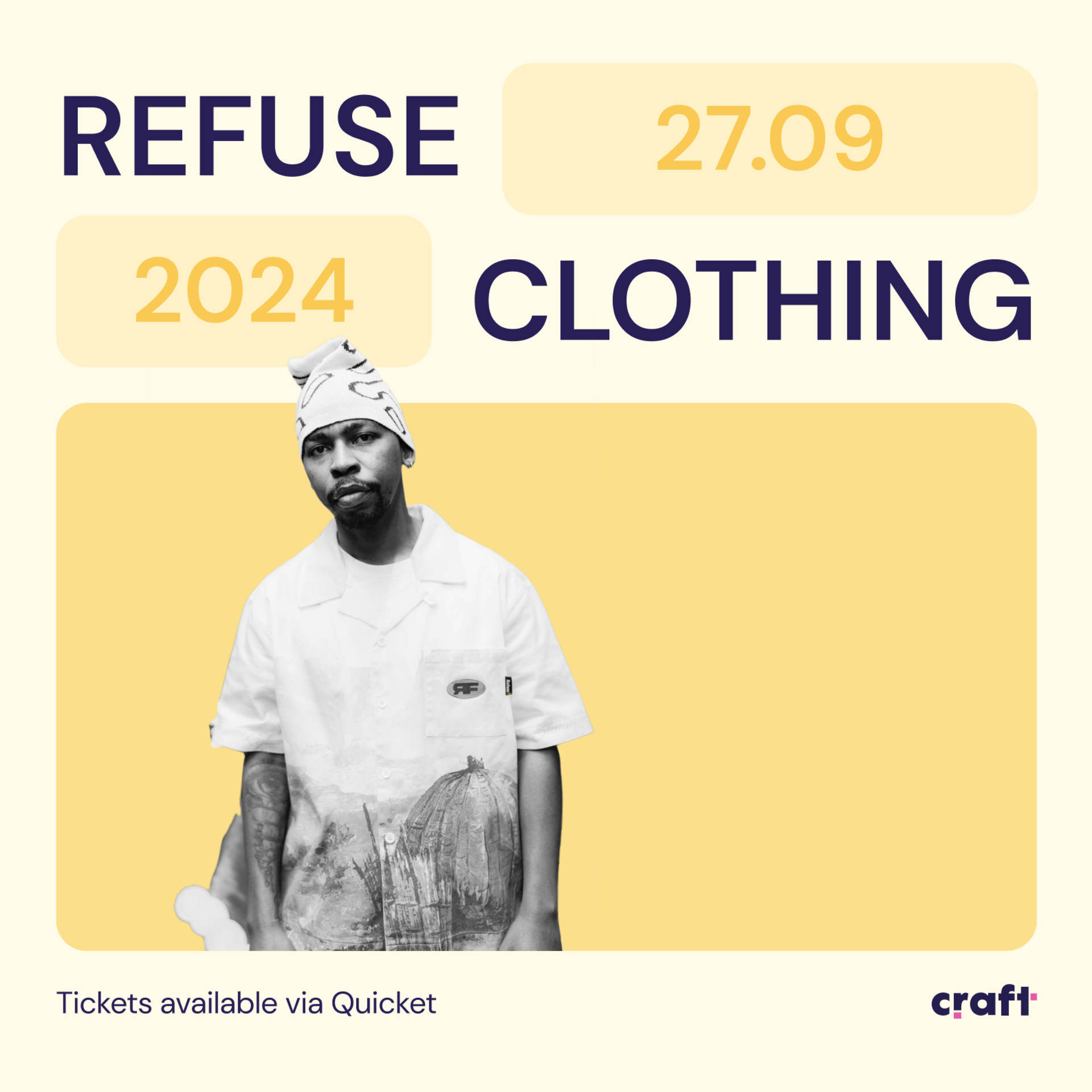
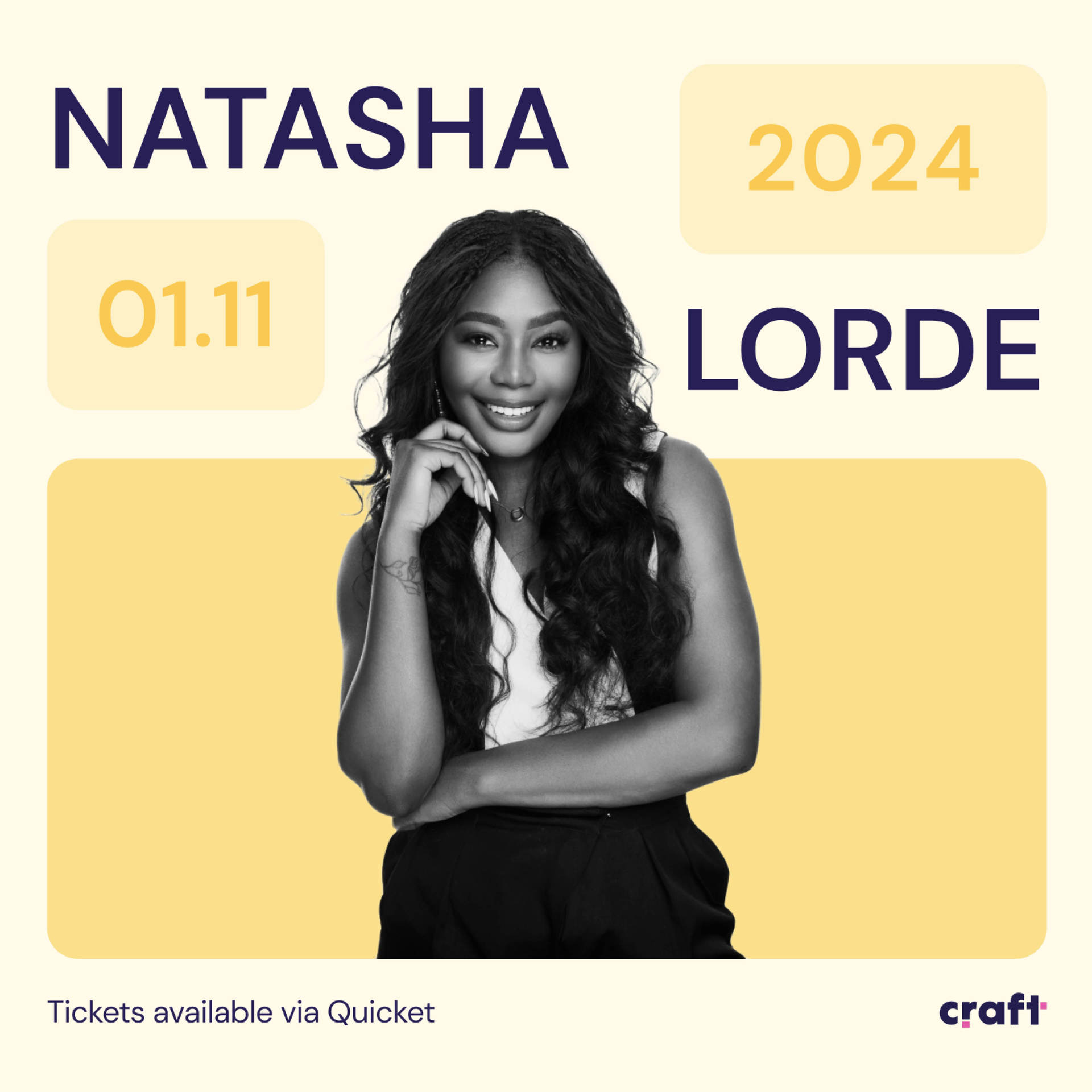

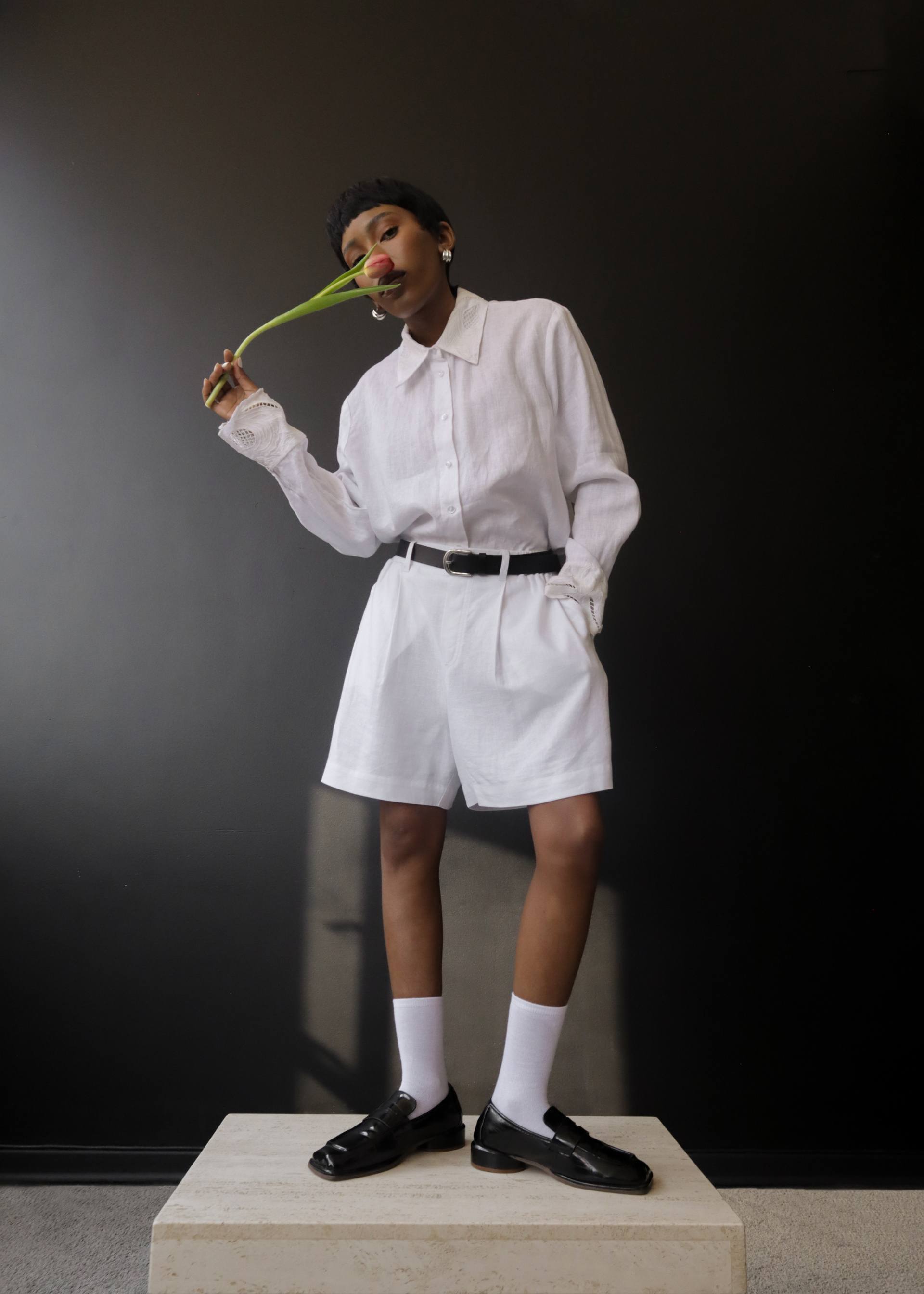
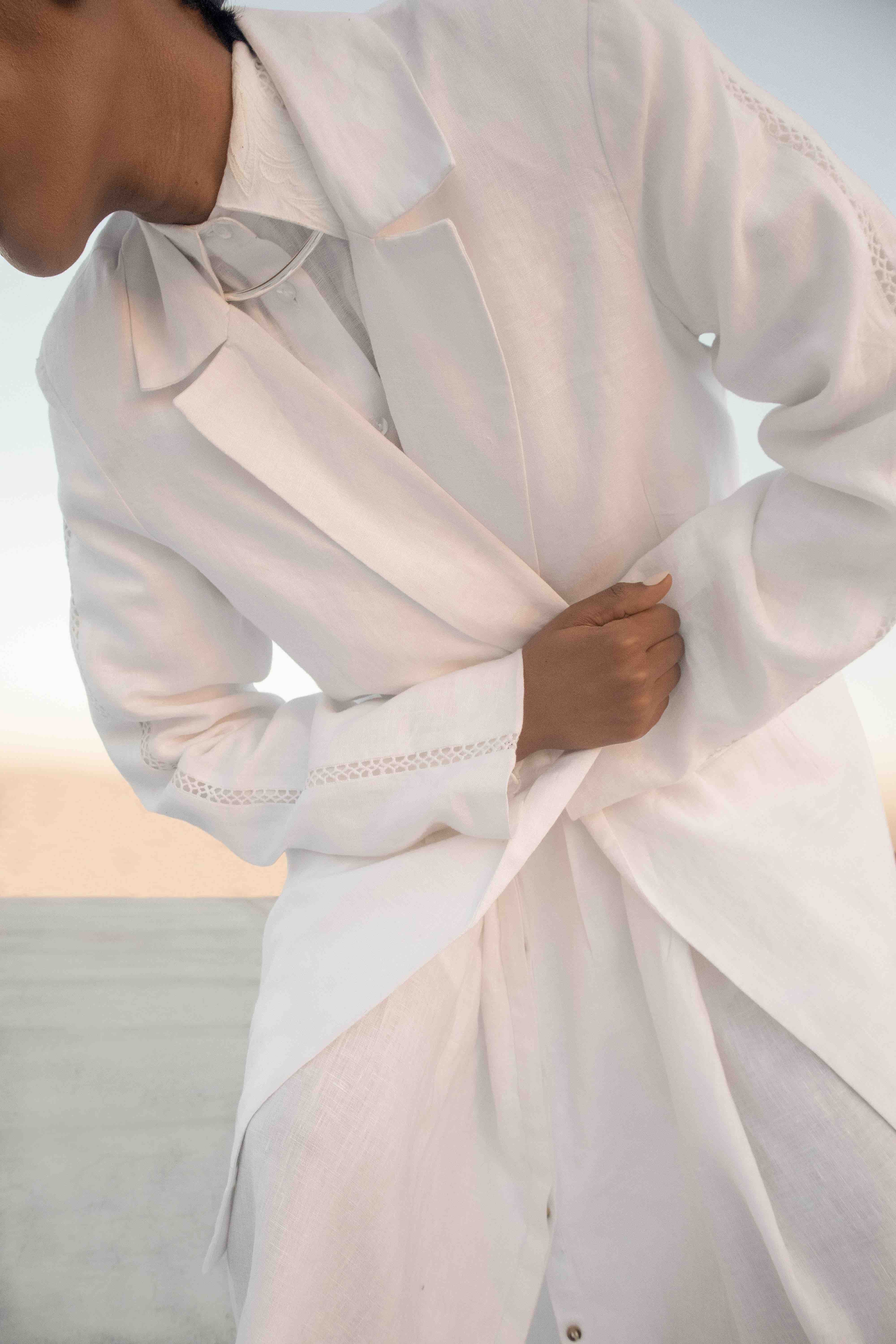
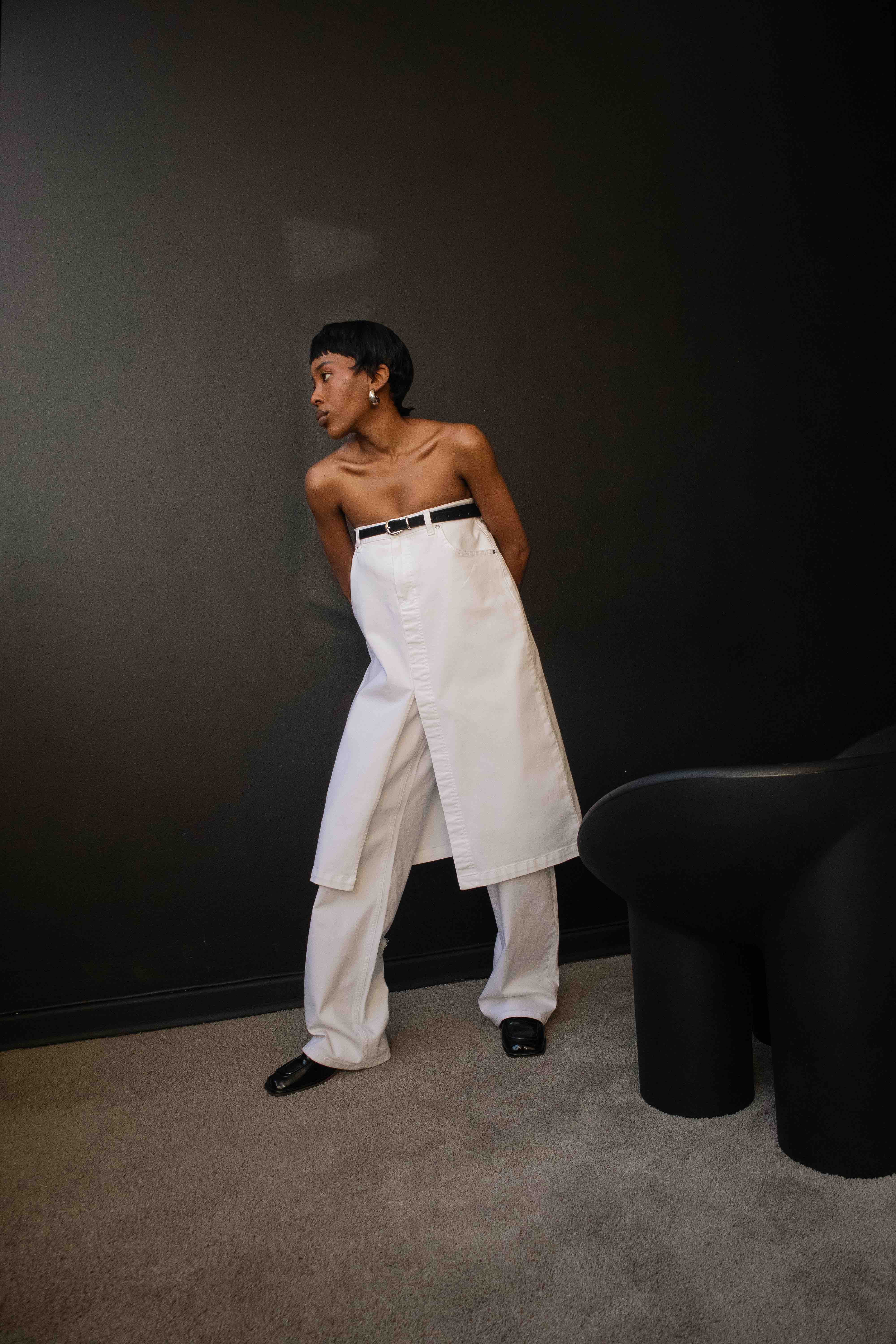
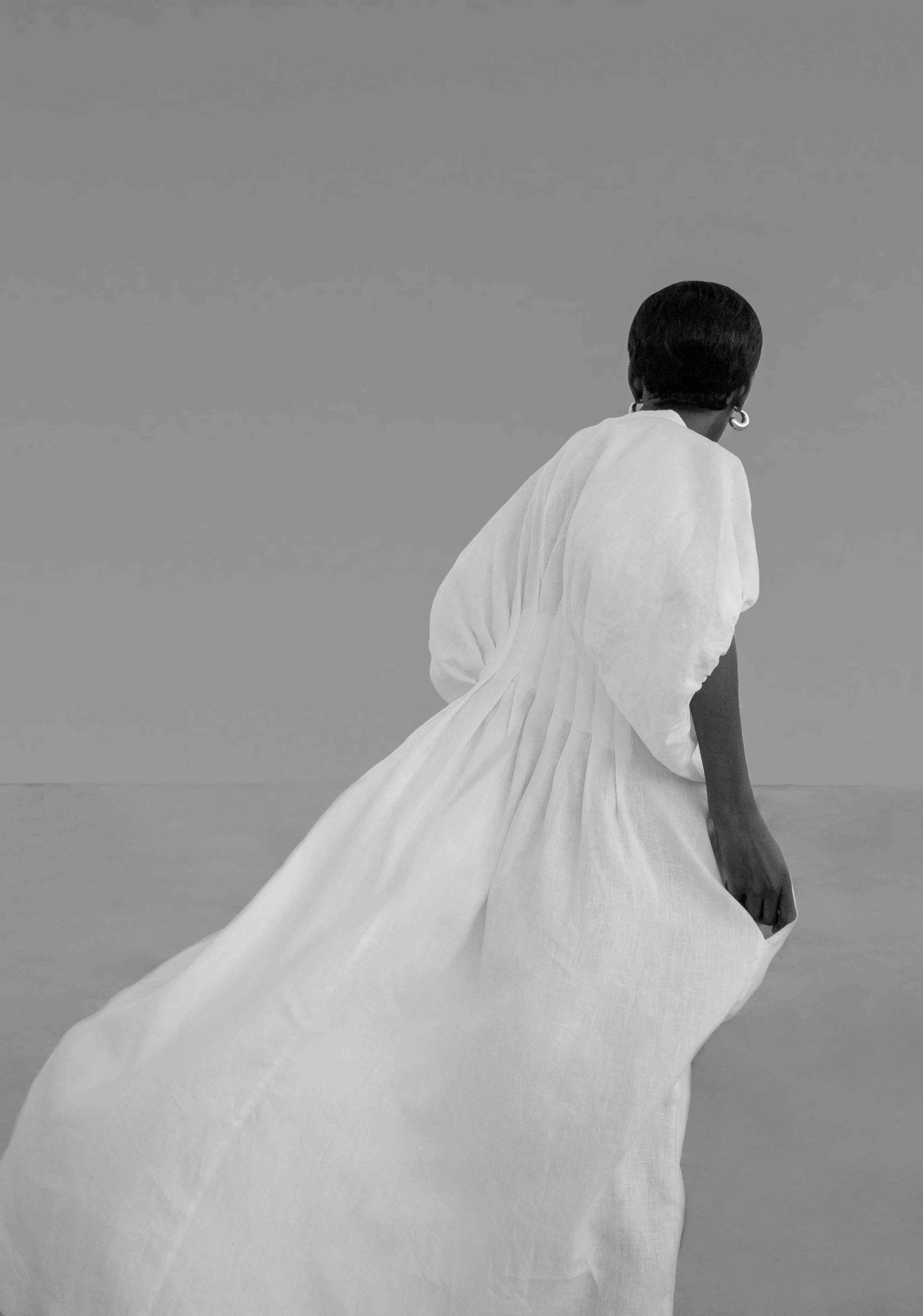
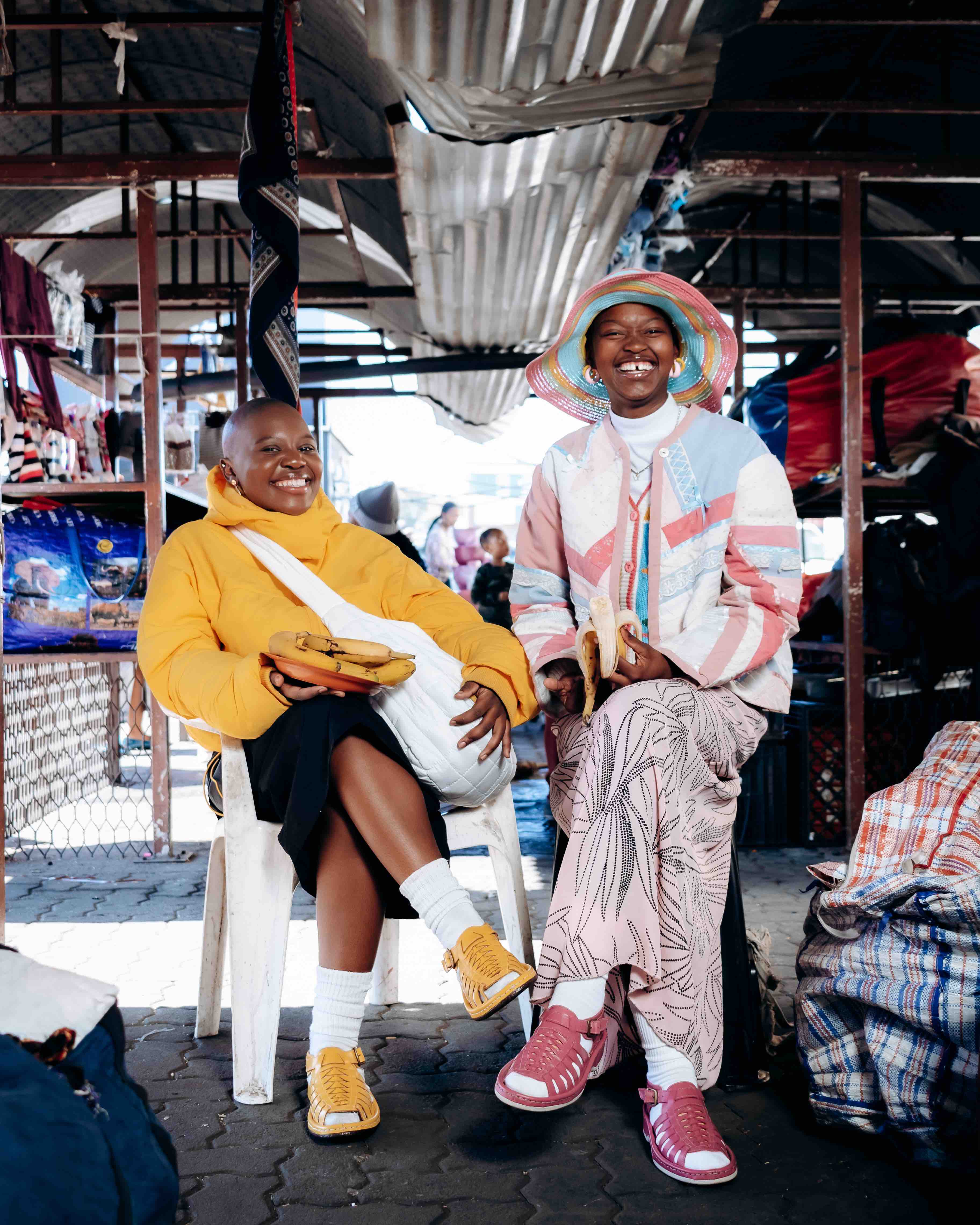
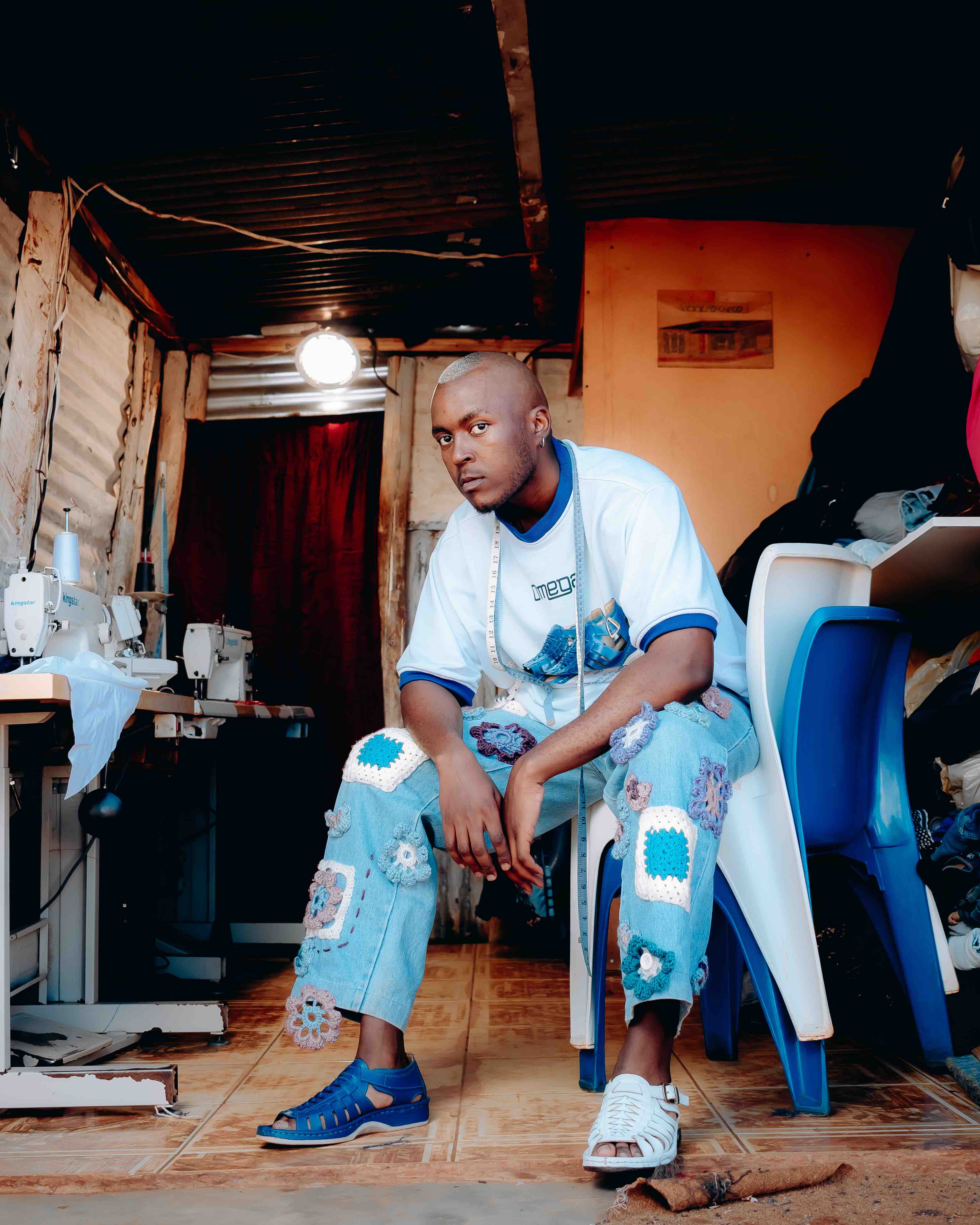
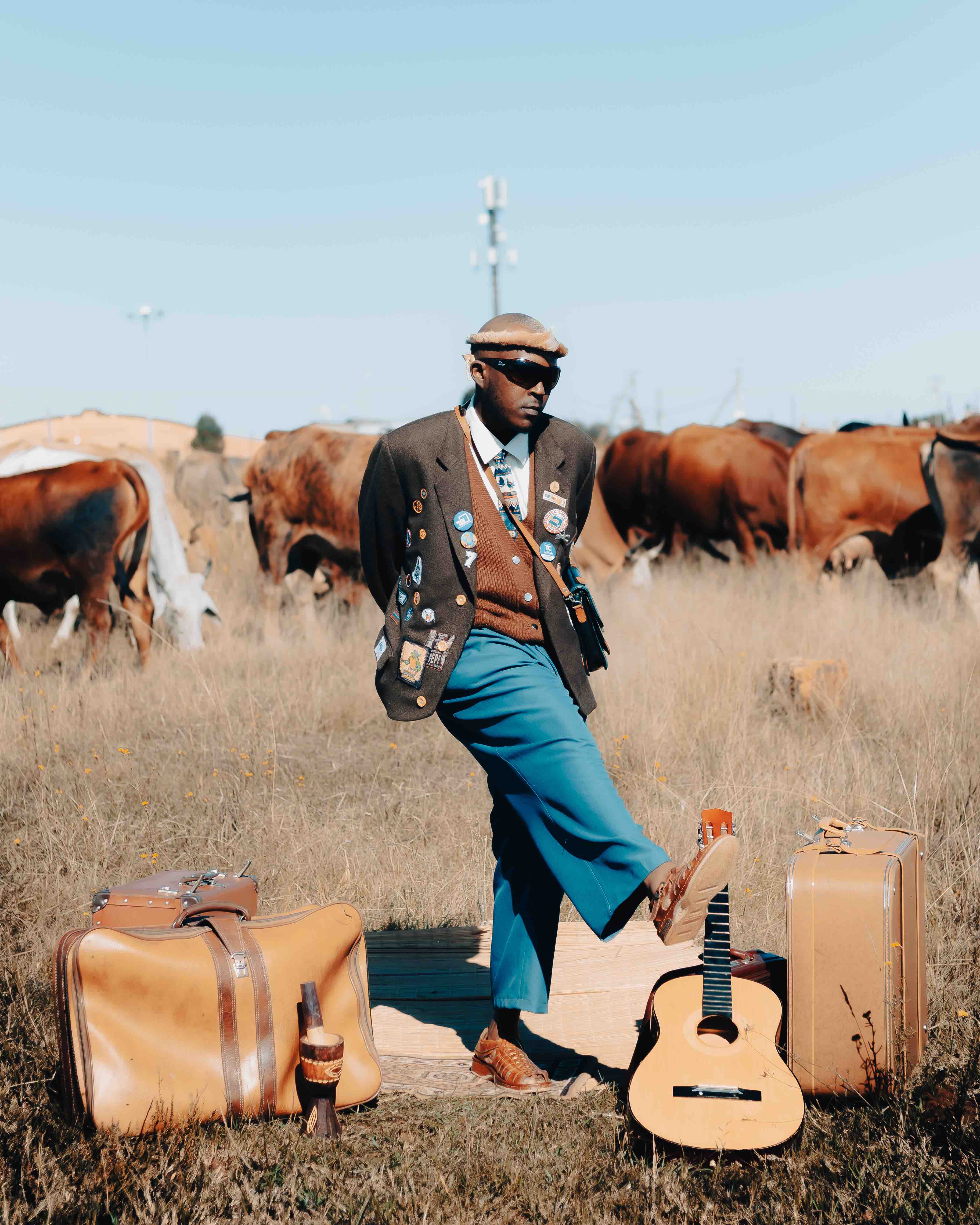
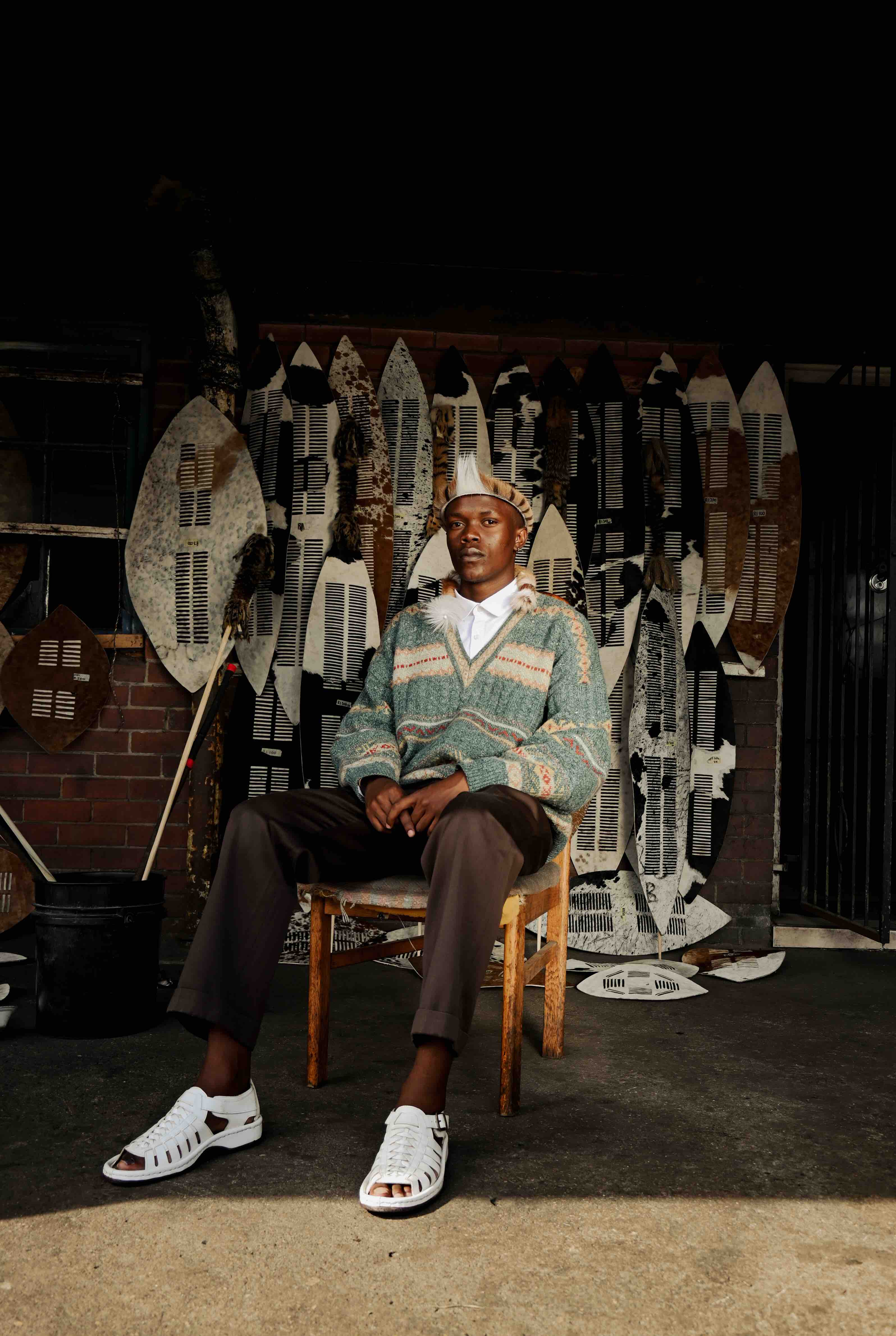

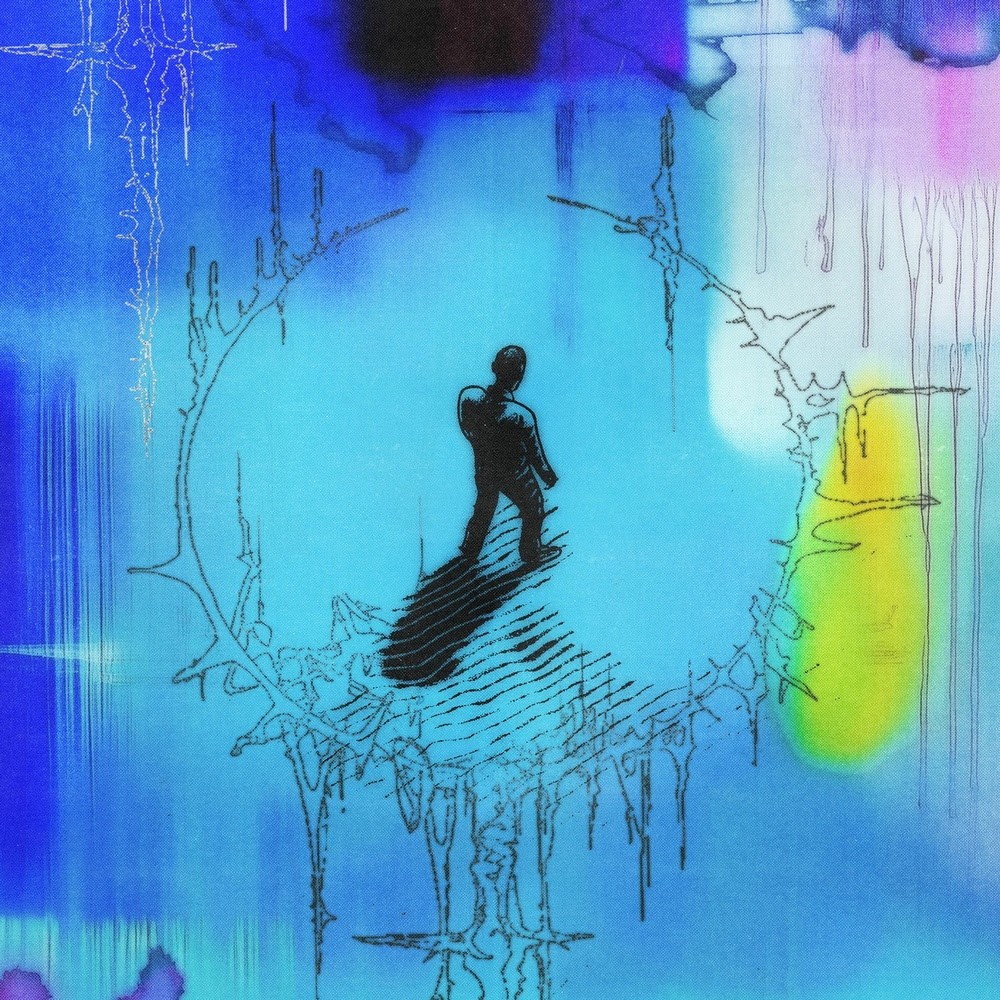
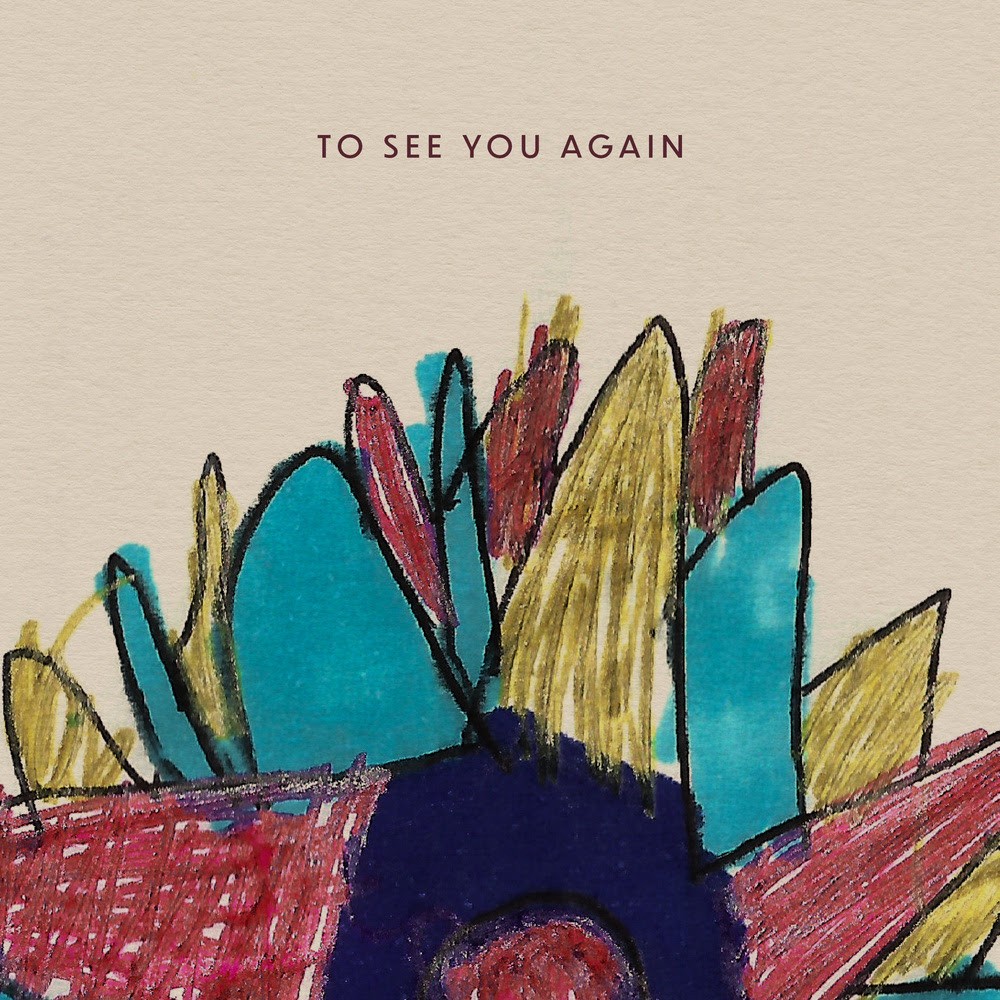

Recent Comments